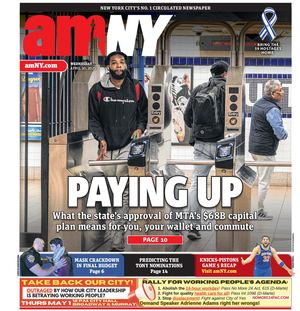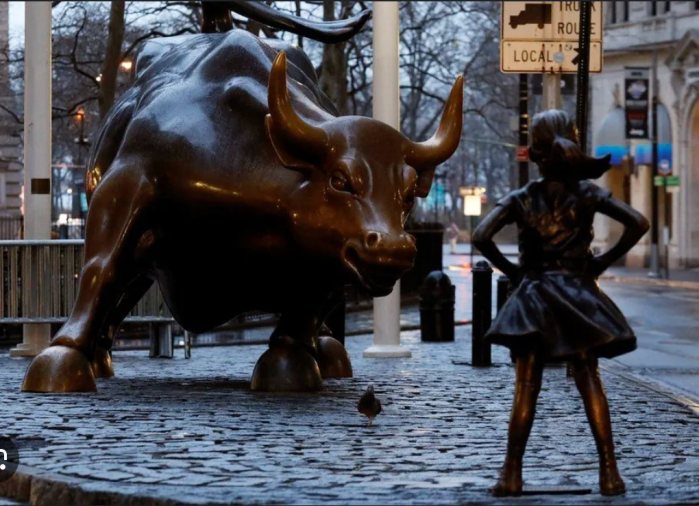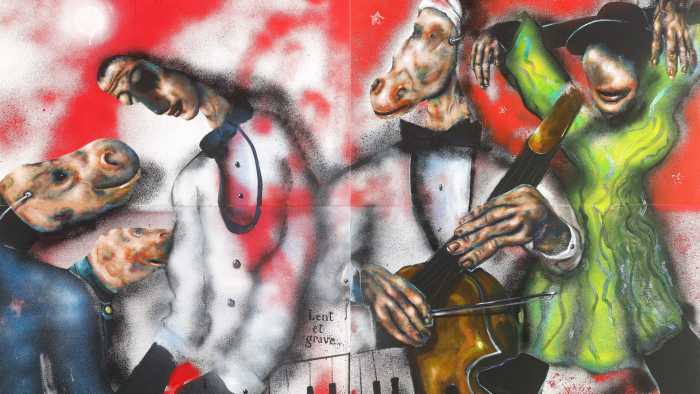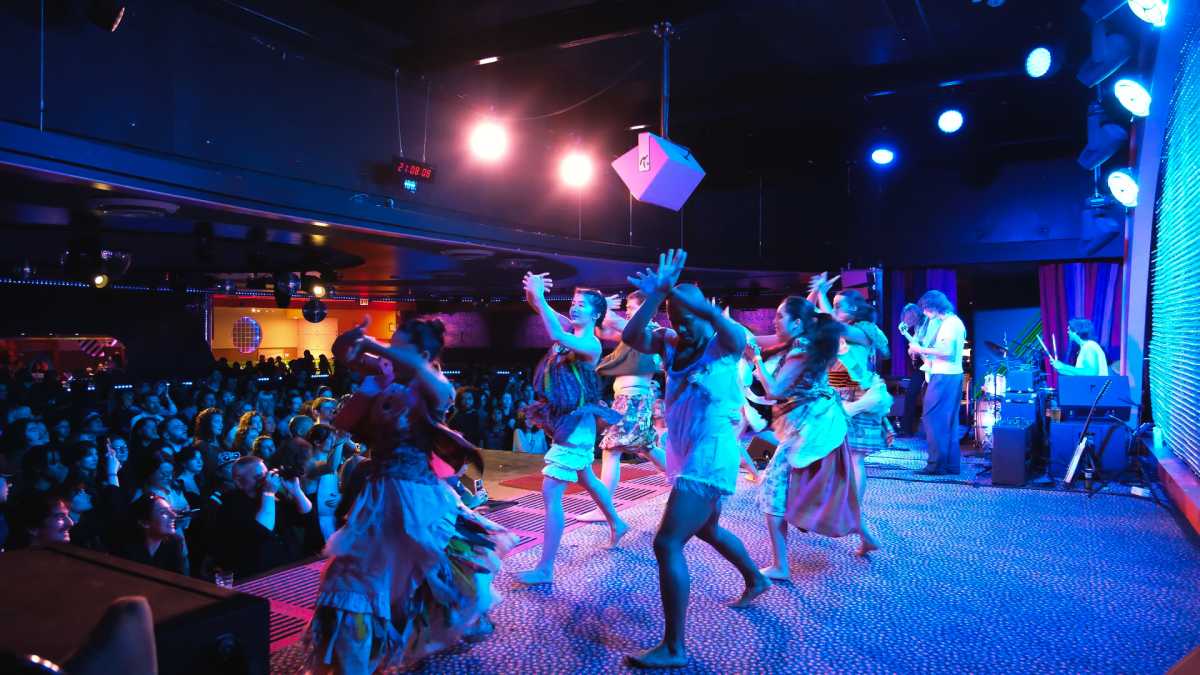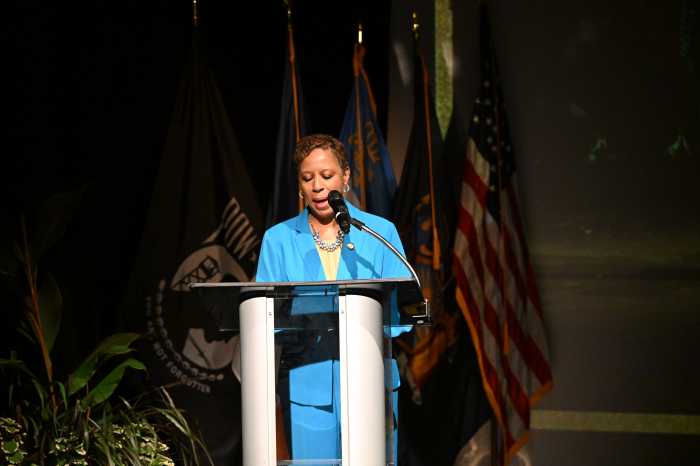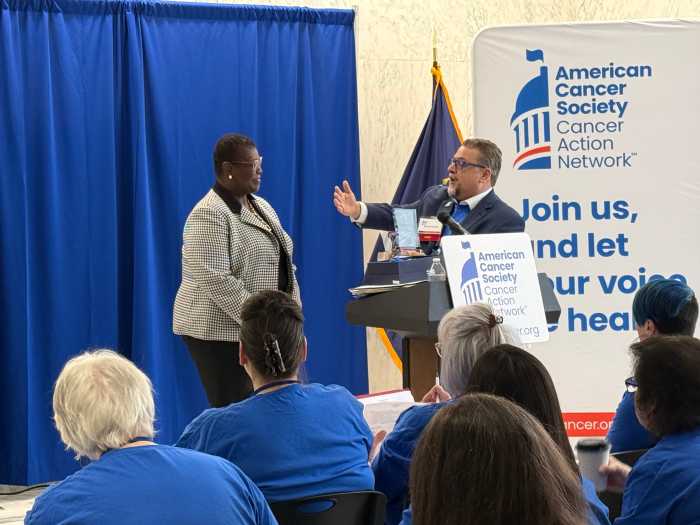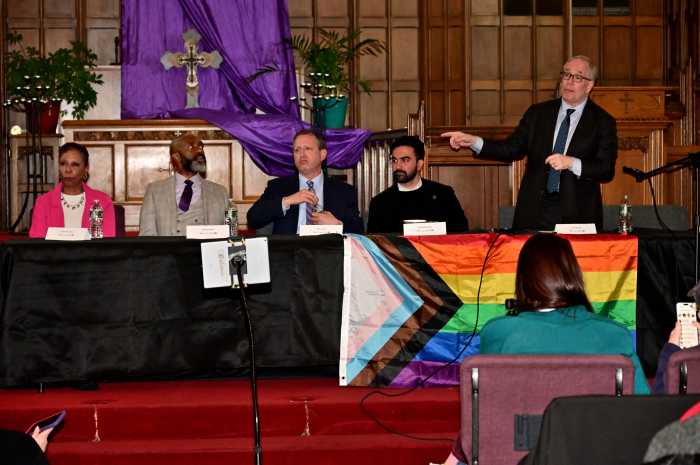Downtown Manhattan’s economic rebound hit a major milestone, as the neighborhood’s private sector numbers are the highest they’ve been since 9/11, according to a study released Monday.
By the end of 2014, lower Manhattan’s private sector had over 227,000 employees — the highest level since the fourth quarter of 2001, according to the report from the Alliance for Downtown New York.
“One of the take-aways is that the success of the neighborhood really helps the success of the city,” said Jessica Lappin, the alliance’s president, pointing to the fact that the neighborhood makes up roughly .3% of the city’s geographical area, but contributes 10% of the total economy.
Private sector employees in lower Manhattan received 10.9% of the city’s aggregate wages and salaries in 2014, according to the report.
Finance, insurance and real estate jobs lead the way. However, the 79,866 positions in the industry comprise 35% of the community’s professional makeup, as opposed to 55% in 2001.
The diversifying economy downtown includes technological, media, health care and educational businesses, redefining the neighborhood, Lappin said.
New businesses downtown include Time Inc., Gucci and High Five Games, which creates casino games.
“The real center of gravity is shifting to downtown Manhattan,” she said of city industries. “It’s something that helps. We’ve always talked about diversifying the community.”
Catherine McVay Hughes, the chair of the area’s Manhattan Community Board 1, said the neighborhood has gone to great lengths to become more accessible for business owners, small and large.
New and ongoing construction has been geared toward creating ideal modern office space, as well increasing the housing stock.
There have been 904 residential units created in lower Manhattan in 2015, adding to the thousands build in the last decade and planned in the years ahead.
“One person could easily work downtown and commute to Brooklyn, but we have that flexibility that you can’t find anywhere else,” McVay Hughes said.
She touted improved transit options, such as the new Fulton Street hub and the upcoming World Trade Center Transportation Hub for PATH as offering unique advantages.
Jeremy Snapper, the co-founder of New York Code & Design Academy, which moved from midtown to John Street in 2014, said the easier access will impact enrollment.
“We can serve Hoboken, Jersey City, Brooklyn, Manhattan, Queens and even Staten Island with the ferry ride there. It’s just extremely accessible,” he said.
Of course, the biggest symbol of the neighborhood’s rebirth is also a major driver in its recovery, with One World Trade Center attracting Condé Nast and Time, among other notable companies.
The future of lower Manhattan seems even brighter, according to the report. Employment is expected to grow at an average of 2.4% over the next four years, adding an additional 40,000 jobs and outpacing New York City’s overall annual growth of 1.3%.
Hotel rooms are coming at a rapid rate, a new Pier 17 is on the way, and there will be over 6.7 million square feet of retail space added by 2019.
An additional 25,000 office-based private sector jobs are expected by 2019, as well.
Lappin said the growth would continue evolving the job environment, offering lower Manhattan as a beacon of opportunity to a wide range of New Yorkers well beyond the Wall Street crowd.
“While we are growing high paying high skilled jobs, we offer a number of positions for everyone,” she said.
